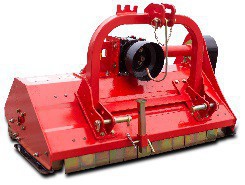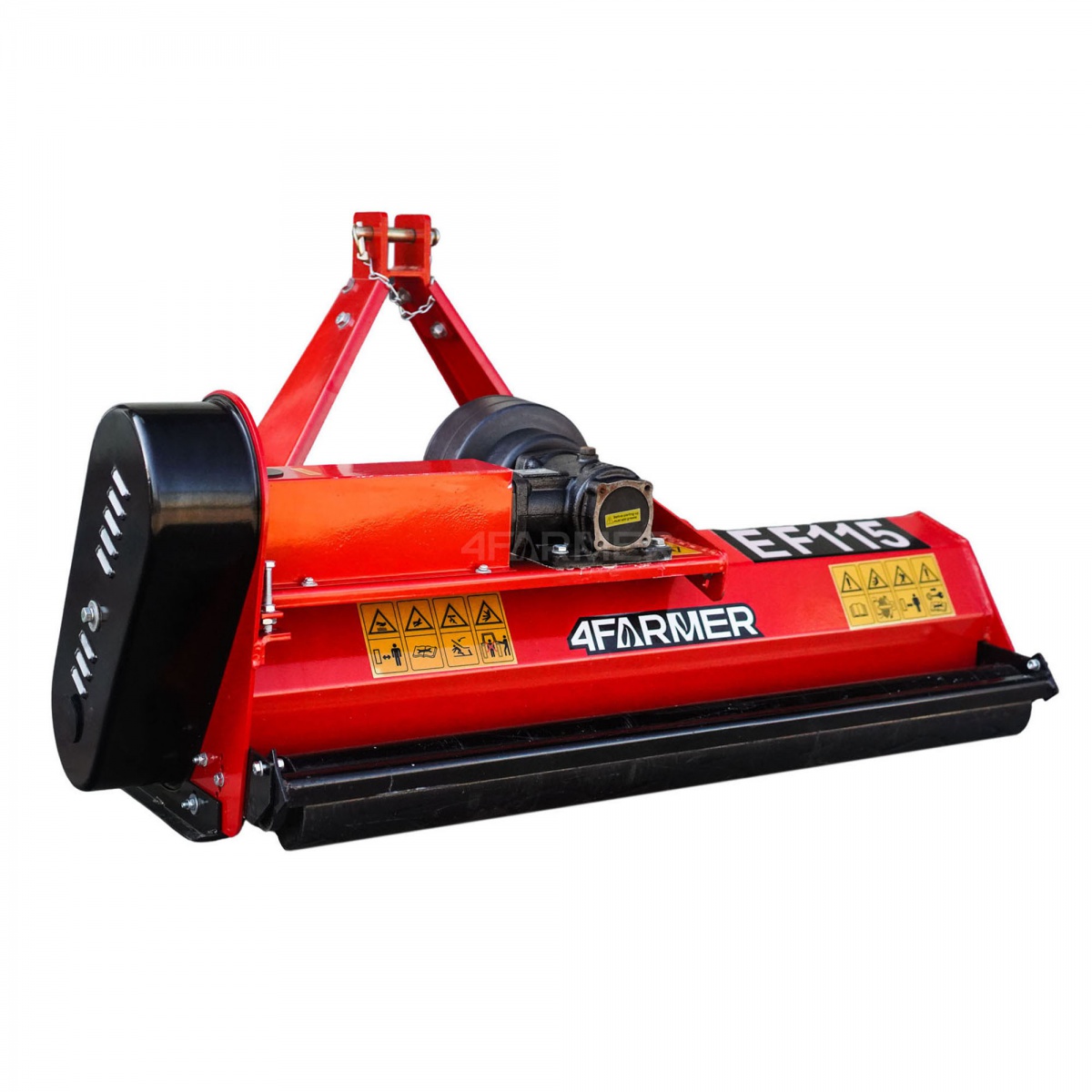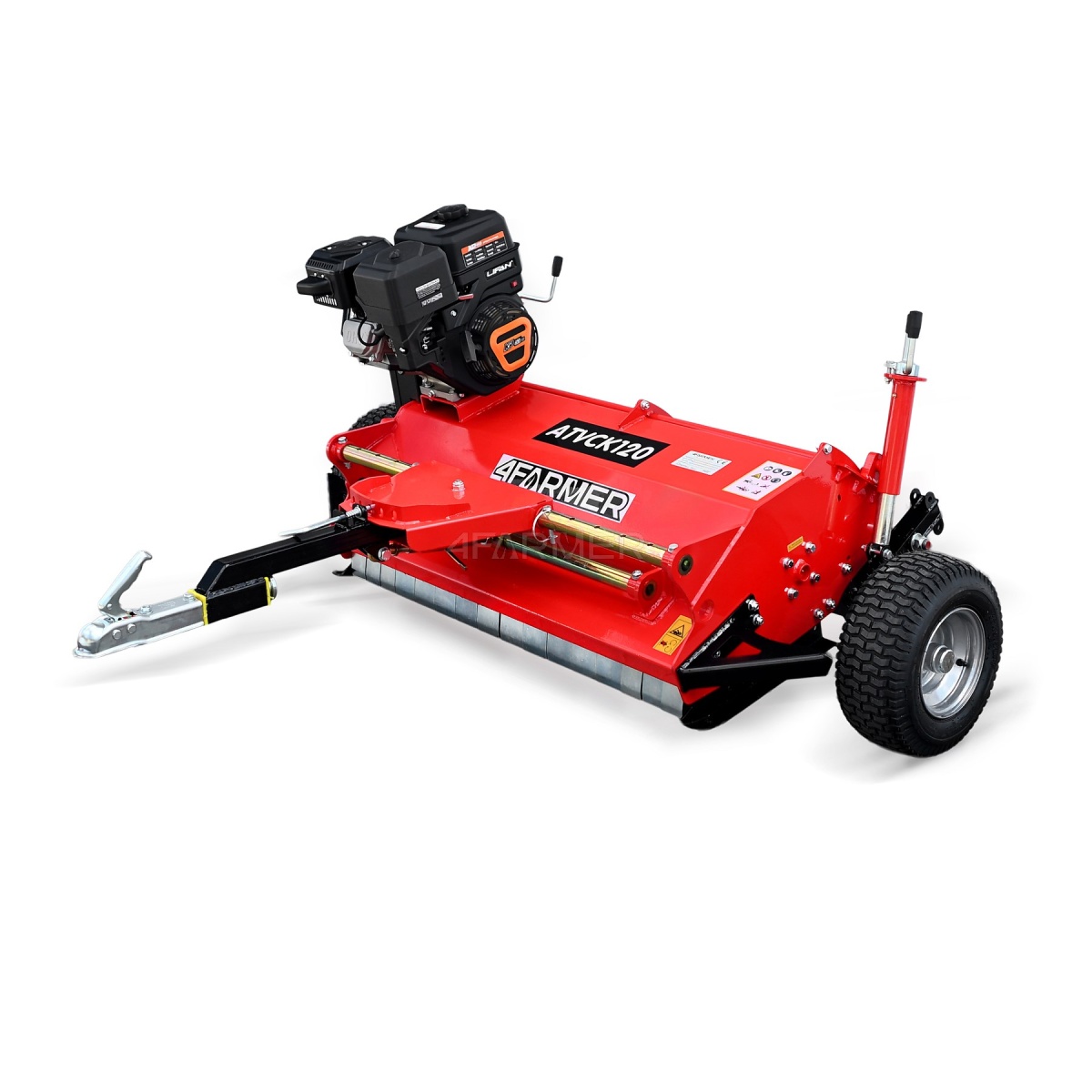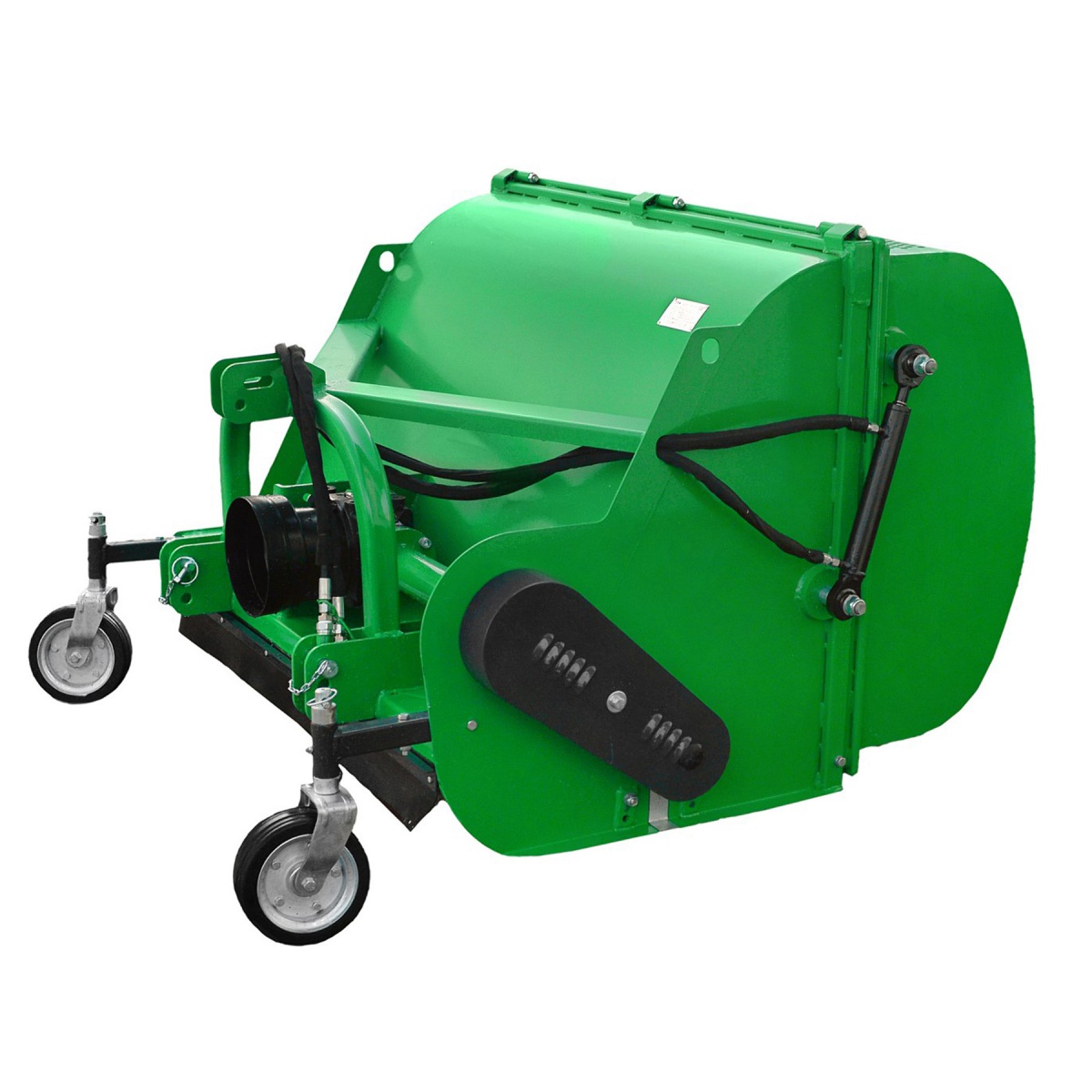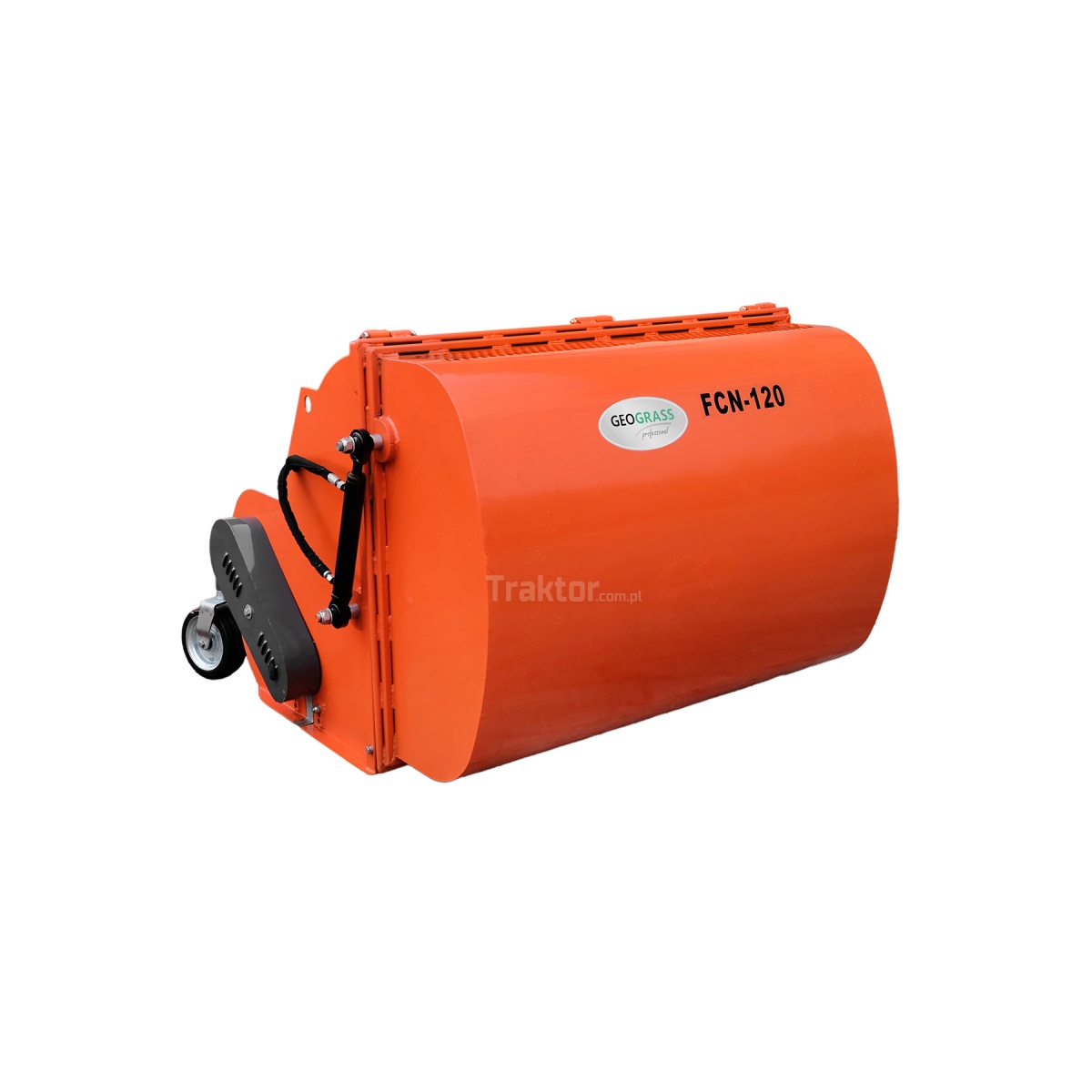Are you a keen farmer? And did you know that the history of flail mowers dates back to the first half of the 20th century? Here are some facts about the history of flail mowers. Test your knowledge!
Evolution of flail mowers - from mechanical beginnings to modern technology
Flail mowers, which are now some of the most effective tools in agriculture and landscaping, have a fascinating history that goes back many decades. Their development was a response to the growing needs of both small and large farms looking for more efficient and less labour-intensive methods of green space maintenance.
The evolution of flail mowers from simple, mechanical machines to advanced technological machines illustrates the advances in design and technology to maximise productivity and comfort.
The origins of flail mowers
The history of flail mowers began in the first half of the 20th century, when the demand for efficient tools for mowing larger spaces began to grow. Early models were simple and relied mainly on mechanical solutions with heavy flail blades to cut vegetation in difficult, often wooded areas.
Early flail mowers were pulled by horses or tractors and were mainly used for forestry and hard-to-reach fields. Over time, these mowers began to be adapted and improved out of the need to manage and maintain agricultural and municipal land more efficiently.
Innovation and technological progress
Technological developments in the mid-20th century significantly influenced the design and capabilities of flail mowers. The introduction of internal combustion engines made it possible to create self-propelled models that were more mobile and could work on larger areas with less physical effort from the operator.
Today, the market offers a wide range of flail mowers from renowned brands, such as the 4FARMER flail mower, the Geograss flail mower with basket or even the Honda petrol flail mower for quad bikes.
Modern flail mowers are equipped with advanced technologies, such as hydraulic lifting systems, automatic lubrication systems or computerised management systems, which not only make work easier but also increase the safety of use.
Applications for flail mowers
Flail mowers have found wide application not only in agriculture, but also in the management of public spaces such as parks, sports grounds or roadside green belts. Their ability to deal with dense and tall grass, as well as smaller branches and other obstacles, makes them ideal for maintaining large, often neglected spaces.
The future of flail mowers
The flail mower industry continues to evolve, adapting to new environmental and economic challenges. Manufacturers are focusing on increasing energy efficiency, reducing emissions and making machines ergonomic and easy to use. Innovations such as electric flail mowers or large-scale integrated management systems promise to revolutionise the management of green spaces in the coming years.
Flail mowers - from tradition to modernity
Flail mowers have come a long way from simple, mechanical devices to advanced machines that support modern agriculture and green space management. Their history and development are proof of how technological innovation can improve efficiency and quality of work in many sectors. It is estimated that future decades will bring further improvements that will further revolutionise this important segment of the agricultural machinery market.







